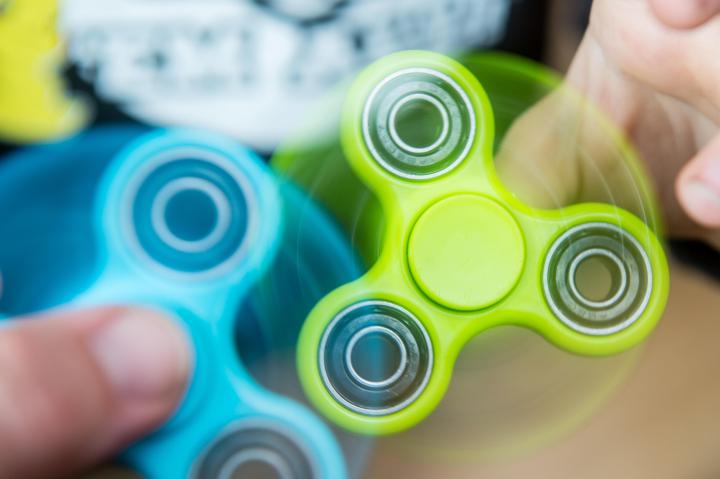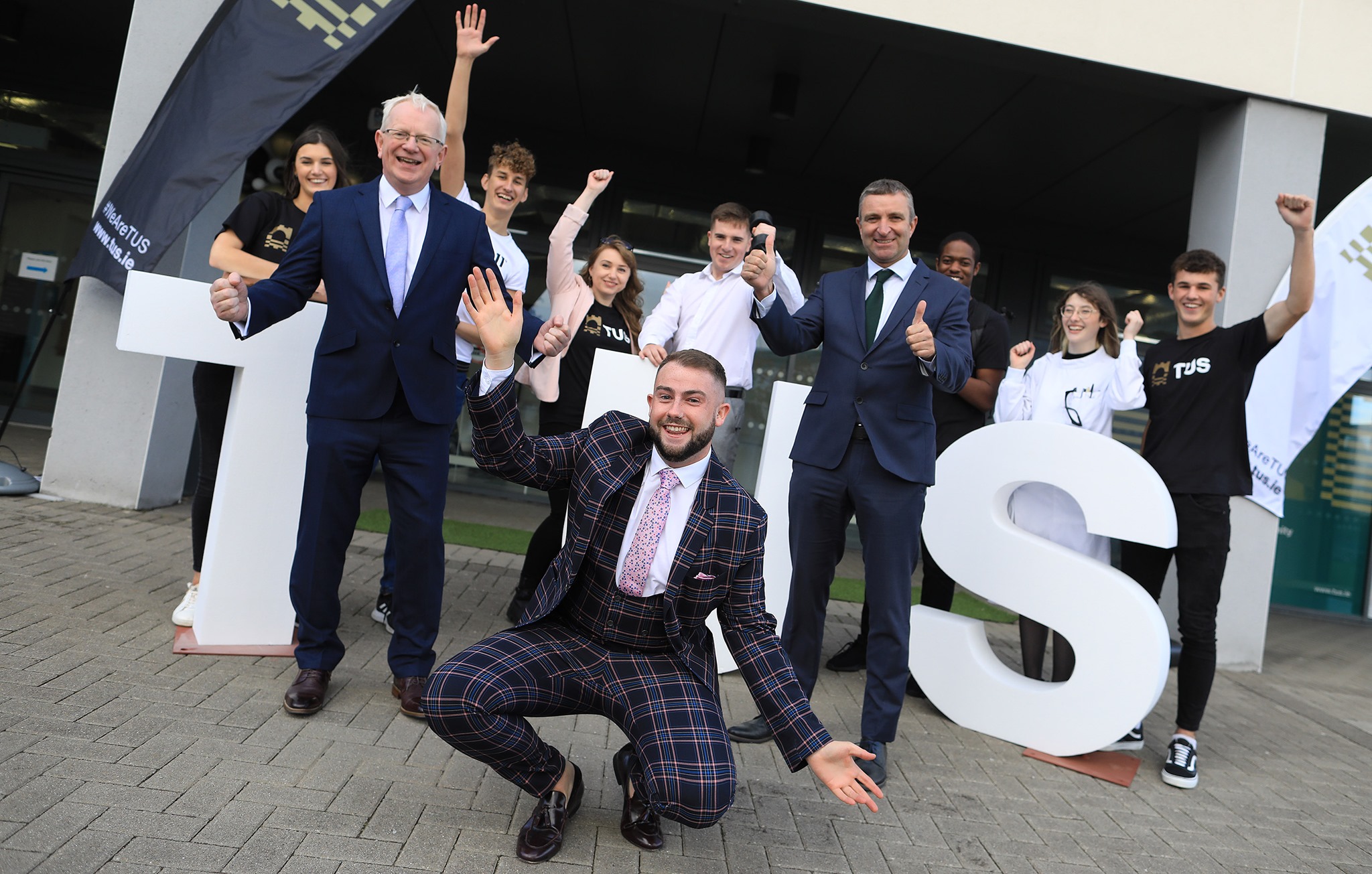Most parents will no doubt be aware of the latest on-going fad; fidget spinners.
Few will realise however that the original inventor of the fidget spinner, Catherine Hettinger, has lost out on millions because she did not take steps to renew the US Design Patent, which she previously took out for her invention.
Design Patent
In a nutshell, a Design Patent (simply known as Design Registration in Europe) is a monopoly right given to you by the territory where you require protection in return for your agreement to publish the details of your design. This means that nobody can use your design without your consent, which is usually granted by means of a written licence agreement.
In most countries, your Design Registration will last for 25 years provided you pay a renewal fee every five years.
On a recent trip to Florida, I learnt about Catherine Hettinger’s unfortunate story. Due to the perceived high cost of renewing her Design Patent, Ms Hettinger allowed it to lapse. This meant that she could no longer prevent third parties from using and commercialising her design.
As expected others have now commercialised Ms Hettinger’ design and have earned millions from doing so. Catherine Hettinger’s tale is a salutary one and applies equally to brand and new business owners.
Trade Mark
All too often, businesses will spend considerable time and money in developing and bringing a new brand to market, but will fail to take any steps to protect the very brand they have spent so much developing.
Unless you have been trading under a particular business name or have established significant business goodwill under your brand, you will find it very difficult to stop a copycat from starting a business under an identical or confusingly similar brand.
The only way you can stop a copycat if by registering your brand as a Trade Mark.
What is a Trade Mark?
A Trade Mark is essentially any sign you use in your business to distinguish your products and/or services from other traders.
By registering a Trade Mark, you get an instant State backed exclusive right to prevent others, without your consent, from using identical or similar signs upon, or in relation to the goods and/or services covered by your registration.
If you find that somebody else is using a sign which you believe is identical or confusingly similar to your trade mark, you only need to produce your Certificate of Registration in court as proof of your right.
Without this trade mark registration, you would have to convince a court that you have been trading long enough to establish a protectable business goodwill under your business or brand name.
Obviously, new business and brand owners will not even be able to get past this first hurdle.
A Trade Mark registration also has other advantages.
For example, few businesses realise that their brands are their most important and valuable assets. The law recognises this and therefore regards a trade mark registration as a property right. Like any other property right, you can use your registered trade mark, or registered design, as collateral for loan or investment finance.
I once acted for a client who did just this and was able to save its business from collapse. Trade Mark and Design registrations can also be licensed, transferred and bequeathed like any other property right.
Trade Mark and Design registrations also have the advantage that they are protected as property rights under the Irish Constitution and the EU Charter of Fundamental Rights, which effectively makes it near impossible for the Government to sequestrate it.
So, what does it cost to secure a trade mark registration?
Like Catherine Hettinger, many businesses are initially put off by the upfront costs of protecting a brand by means of trade mark registration. This is false economy.
By way of illustration, the upfront cost of registering your brand as a pan-EU trade mark (EUTM), without any objections or challenges, starts at approximately €1,500 ex VAT.
While this might seem a lot to many SMEs, you have to bear in mind that you are securing a monopoly in each EU Member State for an initial period of 10 years (an EUTM can be renewed indefinitely every 10 years). Rounded up slightly, this works out at an annual cost of €5.50 per EU Member State. I know of no insurance policy that would cost this little!
Niall Tierney is an IP lawyer located in Dublin, Ireland brand – Design protection lawyer and Managing Director of TIERNEY IP, a specialist law firm which assists and advises businesses in clearing, protecting, enforcing and monetising trade marks, designs and other Intellectual Property rights.
If you would like to discuss the protection of your brands or business names, please email Niall at niall@tierneyip.com. Alternatively, he can be reached at 01 2544116.









